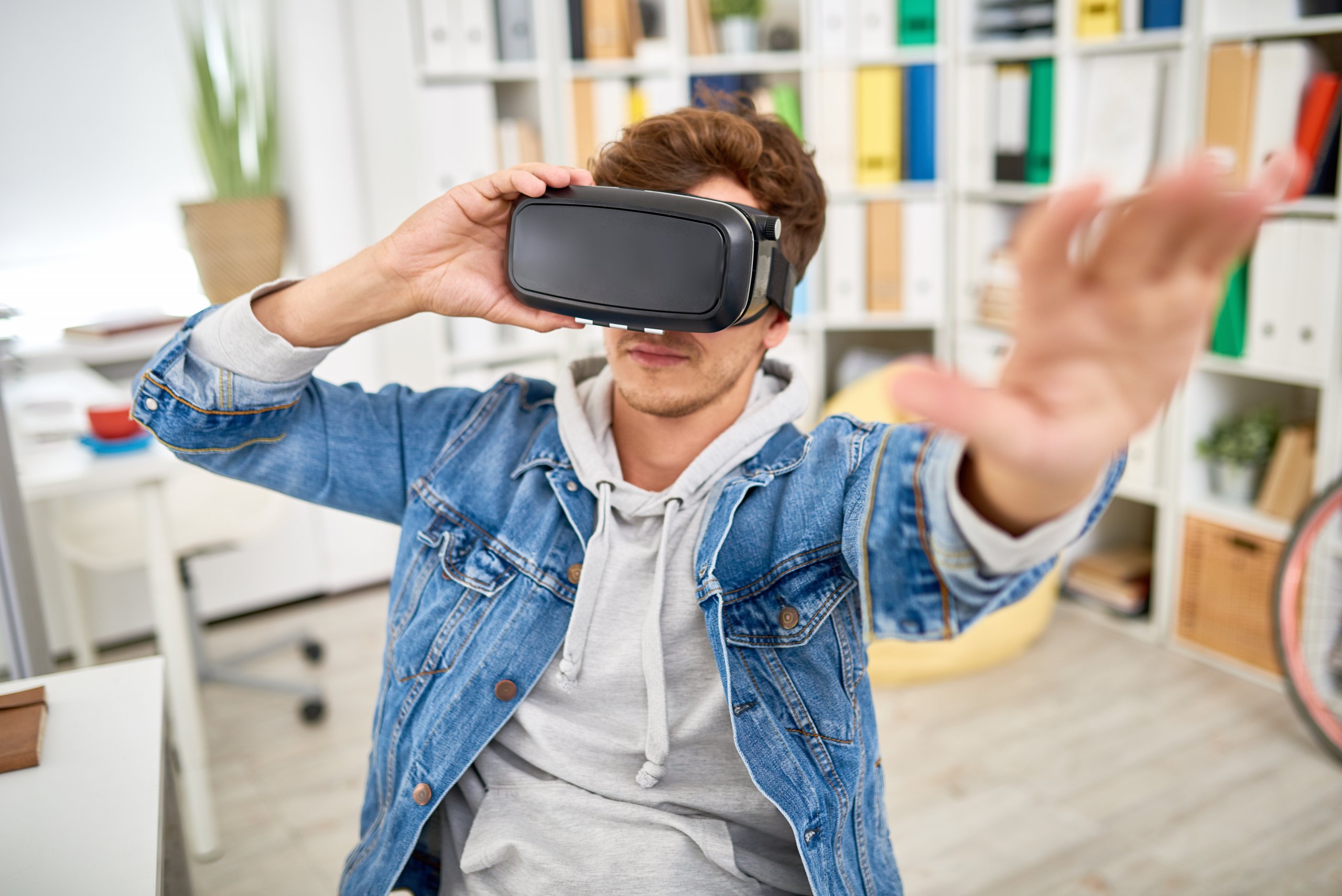Offices have a stereotypical visual language people expect – cubicles, fluorescent lighting, water cooler moments. But the ways we work are really evolving, and the spaces we work in should be too.
Plenty of research illustrates that employee productivity can be vastly improved through aesthetic and design choices in the office. Tech innovations are crucial in this regard too.
We’ve set out some of the evolutions we expect to see in how we work in offices – and the best tech to support them.

Working from home looks like it’s here to stay, at least to some extent. Although many employees have said they wouldn’t want to work from home five days per week, the flexibility and freedoms it allows has correlated to increased happiness levels in the workforce. A recent Gartner survey found that 82% of company leaders now plan to allow their workforce to work from home some of the time, and 25% of business leaders suggested, even more dramatically, that they expect more than 75% of the workforce to be working remotely by the end of this decade.
Remote working comes with the attendant pressures on company software, too. Information must be securely and efficiently made available via the internet, often using cloud
systems. Real time collaboration software and integrated communications platforms are tech we expect to see designed into future office spaces as a matter of routine.
AI is crucial for improving overall workplace efficiency and productivity. Having software and programmes to comb through huge amounts of data may leave some roles redundant, but it also streamlines processes and removes the factors of human error. AI might manage the office calendar, manage meeting scheduling, and help in research, ruling out these repetitive office tasks and potentially streamlining the workforce.
Virtual Reality in the office? It sounds like something from a sci-fi film, but it could be the future of integrated collaboration. This may be all the more important in a global world, where colleagues may be working from home, in a different county, or even in a different country. It may also streamline processes like employee training, by creating simulated scenarios for them to deal with, using a VR headset.
We are all familiar with Alexa and Siri, but these ‘people in your pocket’ are likely to break out into the working environment, too. As voice recognition gets more and more intelligent, businesses

may begin relying more heavily upon their assistance – to dial into meetings, send emails or book office appointments.
We’re all about putting wellness in the workplace at the centre of your office design. We predict that office tech is more likely to take into account employees’ health in the future, too. Incorporating physical activity into the working day, for example, is a great way to keep employees healthy and happy. Standing desks and treadmill desks are an option, as are in house gyms. More so, spaces may be designed to encourage activity. Stairs should be more attractive than the elevator, for example, and bathrooms with shower facilities should be front and centre for those choosing active commutes.

Considering mental health too is front and centre. Goldhagen’s book Welcome to Your World: How the Built Environment Shapes Our Lives points out that new studies across psychology and cognitive neuroscience suggest that everyday monotony in generic environments, day after day, can lead to unhappiness, boredom, and physical distress. Tech to keep employees stimulated will be a central part of office design in the future, too.
We expect to see offices expressing the way we work more and more as we design for the future. To discuss how we could design your office to be future-proofed, get in touch with Building Interiors today.